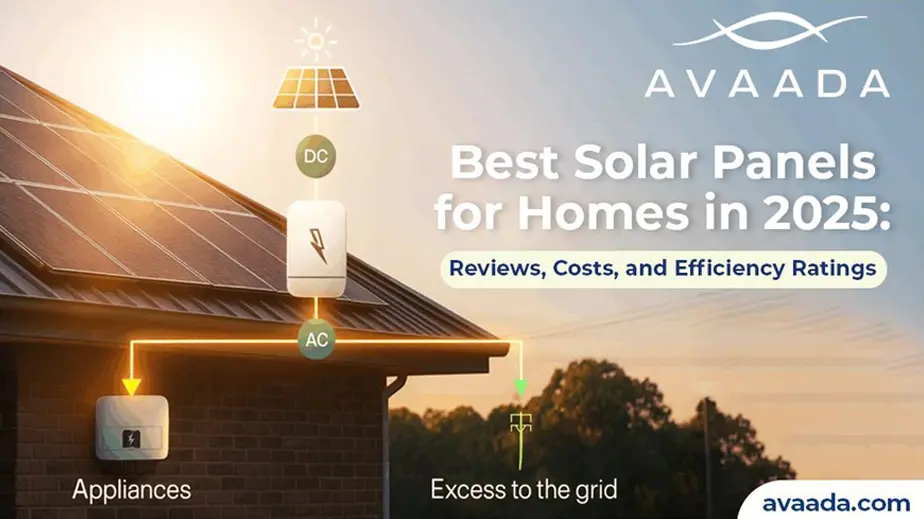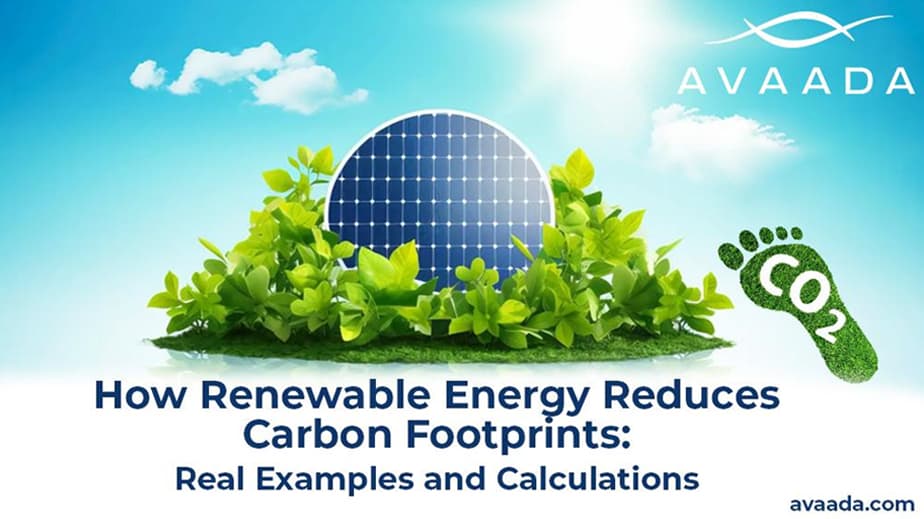The global energy landscape is undergoing a profound transformation, driven by two urgent imperatives: decarbonization and energy security. While nations are scaling up their renewable power capacities, one issue remains huge on their agenda: intermittency. The volatility of solar and wind power necessitates strong energy storage systems that can balance supply and provide smooth integration with national grids.
Co-located battery storage systems are being introduced as a revolutionary game-changer, merging renewable power generation and storage in a single space. In India, leading the way is Avaada, with its visionary vision for next-generation power systems.
Co-Located Battery Storage
Co-located battery storage refers to the strategic integration of renewable energy generation, typically solar or wind, with battery energy storage systems (BESS) at the same site. This pairing enables surplus energy produced during peak sunshine or winds to be stored and supplied when demand is high or generation declines. Rather than utilizing independent grid infrastructure for storage, co-located installations provide better advantages:
- Enhanced grid stability
- Reduced curtailment rates
- Optimized asset utilization
- Lowered transmission losses
- Increased return on investment
For the utilities and renewable energy developers, it is important to move towards developing hybrid power systems that are not only green but also dispatchable and reliable.
Avaada's Vision for Integrated Renewable Infrastructure
As one of the foremost clean energy players, Avaada has always innovated and explored beyond the boundaries in India’s renewable energy space. From utility-scale solar and green hydrogen initiatives to sustainable energy parks, Avaada’s portfolio reflects a deep commitment to innovation and sustainable growth.
Seeing the pressing need for storage that scales, Avaada is actively investing in co-located battery storage initiatives. It is not merely a natural progression of its leadership in renewable energy but also a strategic response to the changing grid dynamics and supporting policies in India.
By directly integrating BESS with its solar and hybrid installations, Avaada is facilitating the onset of a new age of energy resilience, where renewables are no longer variable but reliable contributors to national load.
The Indian Context: Why Battery Storage Matters Now
India has an ambitious goal of reaching 500 GW of non-fossil fuel capacity by 2030, and solar and wind will make up the lion’s share of this goal. But with the increased penetration of renewables, so does the pressure on grid infrastructure.
Major challenges are:
- Voltage and frequency fluctuations
- Generation and demand timing mismatch
- Greater curtailment of wind and solar energy
Battery storage, especially in co-located installations, is a solution to these issues. It enables time-shifting of renewable power so that supply is more in sync with peak demand periods. The government’s Viability Gap Funding (VGF) program for 4,000 MWh of battery storage and recent regulatory changes are building a supportive environment for storage deployment.
Avaada’s active involvement in this transformation positions it not just as a renewable power producer but also as an integrated energy solutions company.
To learn more about Battery Energy Storage Systems, explore our blog on “Pros, Cons and Applications of Battery Energy Systems (BESS)“
Technical Benefits of Co-Located Systems
The technical and economic argument for co-located storage is compelling. Here’s why energy developers and planners are going for this model:
1 . Infrastructure Sharing
With the same land, transmission lines, and inverters, co-located installations significantly lower capital cost and operational complexity.
2 . Energy Arbitrage
Stored energy can be shed in times of high demand and prices, maximizing revenue potential and enhancing project bankability.
3 . Grid Services
BESS can provide ancillary services like frequency regulation, voltage support, and black start capability, stabilizing the grid while creating new revenue opportunities.
4 . Quicker Deployment
Merging storage and generation into a single permitting and interconnection process accelerates execution schedules, a major benefit in India’s rapidly changing energy ecosystem.
Avaada's Contribution to Shaping Energy Transition Technologies
In addition to developing infrastructure, Avaada is contributing to the overall story of energy transition technologies in India. Through embedding battery storage in its project pipeline, the company is developing scalable models for other utilities and developers to replicate.
Key differentiators that set Avaada apart:
- Data-driven planning: Use of advanced analytics to predict generation-storage synergy
- Technology collaborations: Partnering with world leaders in BESS and smart grid technology
- Environmental responsibility: Focusing on sustainable land use and resource management
- Policy alignment: Creating projects that are in line with India’s storage roadmap and tender frameworks
These aspects make Avaada a pioneer in hybrid energy models, which can deliver long-term value not only for the company but for the country’s energy aspirations.
Learn more about the Energy Storage – the Next Challenge in the Energy Transition
Co-Located Storage as the Norm
As India moves towards a cleaner and more flexible power grid, co-located battery storage is likely to be a mainstream design option. With policy incentives continuing, declining battery costs, and an increasing appetite from investors, the industry has the potential for exponential growth.
For energy players such as Avaada, the strategy will be to scale up to commercially viable and climate-resilient integrated solutions. With experience in renewable energy, storage, and grid integration, the company is well-positioned to drive this change.
Over the next few years, co-located storage will be central to:
- Facilitating a 24/7 clean energy supply
- Powering electric mobility hubs
- Aiding industrial decarbonization
- Improving rural and urban energy access
Conclusion
As the energy transition accelerates, storage will be integral to all renewable energy projects. Co-located battery storage is a smart, efficient, and forward-looking strategy for filling the gap between clean generation and reliable power.
By advancing this model, Avaada is addressing today’s energy challenges while shaping a future-ready, green, and resilient power infrastructure. one that’s green, smart, and resilient.








